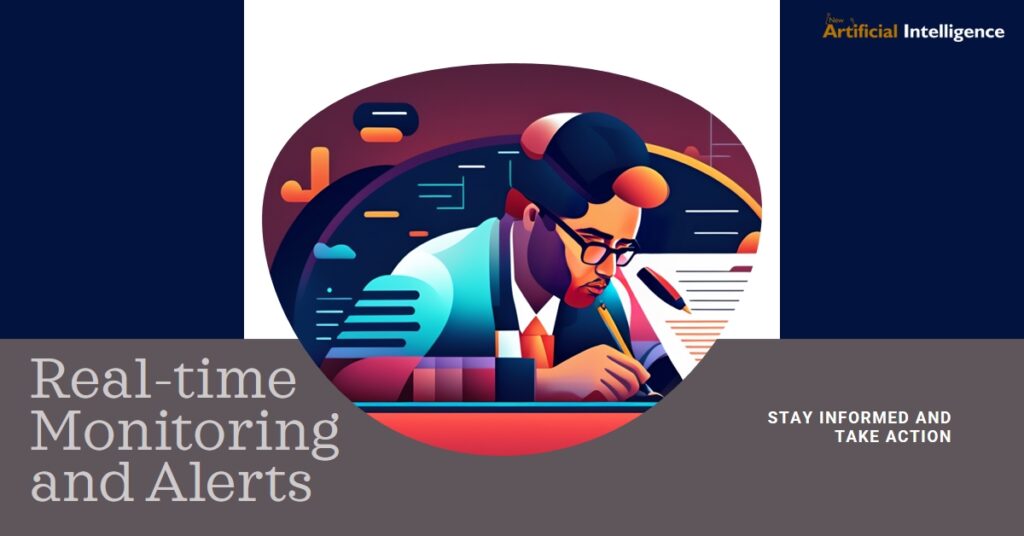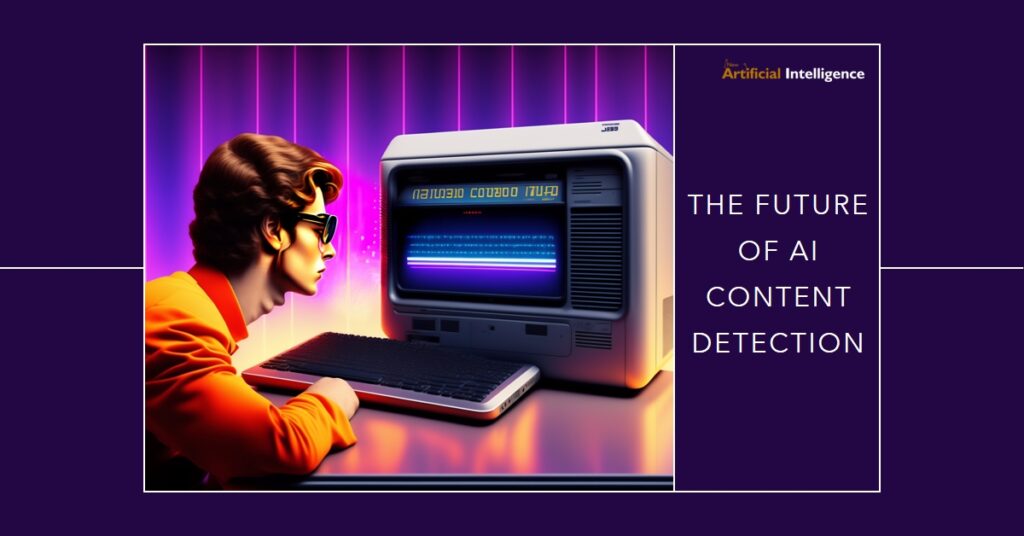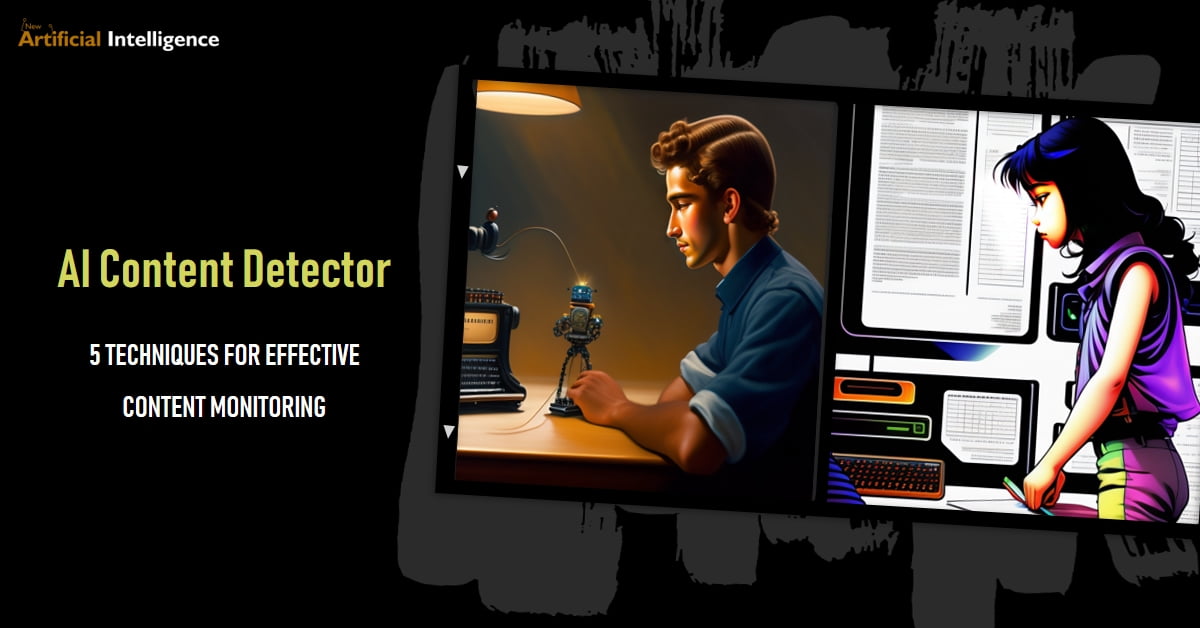AI Content Detector
In the age of content overload, where AI-powered writing tools churn out articles by the second, discerning genuine human-crafted content from machine-generated text is becoming increasingly challenging. This blurred line poses significant problems for content creators, website owners, and search engines. Plagiarism, misinformation, and spammy AI-generated content threaten to flood the internet, undermining trust and credibility.
Thankfully, technology is fighting back. AI content detectors are emerging as powerful tools for safeguarding the integrity of online content. These sophisticated algorithms can analyze text, identify patterns and characteristics indicative of machine-generated content, and alert you to potential red flags.
But with a growing array of A I content detectors available, choosing the right one and implementing effective monitoring strategies can be daunting. This blog explores 5 powerful techniques you can use with an A I content detector to ensure your content remains high-quality and authentic.

1. Leverage the Power of Machine Learning:
Most AI content detectors rely on machine learning algorithms trained on massive human-written and AI-generated text datasets. These algorithms analyze various linguistic features, including sentence structure, vocabulary choice, and stylistic elements, to detect patterns that distinguish artificial content from the natural flow of human writing.
Look for AI content detectors that utilize advanced machine learning techniques such as Natural Language Processing (NLP) and deep learning. This ensures the detector can accurately identify even subtle nuances of AI-generated text, even as AI writing tools become more sophisticated.
2. Go Beyond Keyword Density and Readability:
Early AI content detectors primarily focused on metrics like keyword density and readability scores. While these can be helpful indicators, more is needed to detect sophisticated AI-generated content accurately. Modern AI writing tools can mimic human writing styles and incorporate relevant keywords, making these basic checks ineffective.
Choose an AI content detector that employs a multi-dimensional approach, analyzing factors like sentence complexity, semantic coherence, and topic consistency. This allows the detector to identify inconsistencies and anomalies that are often telltale signs of AI-generated text.
3. Embrace Contextual Analysis:
The context in which content appears is crucial for accurate AI content detection. A news article containing scientific terminology may raise red flags if analyzed in isolation. Still, it becomes natural within the appropriate context.
Look for AI content detectors that can analyze content within its broader context, considering factors like the website hosting the content, the target audience, and the discussed topic. This contextual awareness significantly improves the accuracy of detection and reduces false positives.

4. Utilize Real-time Monitoring and Alerts:
Take action before problems arise. Proactive monitoring is critical to effectively combating AI-generated content. Choose an AI content detector that offers real-time monitoring capabilities, scanning your content as it is published or updated.
Additionally, look for detectors that provide configurable alerts, notifying you instantly when suspicious content is detected. This detector allows you to take immediate action, such as investigating the content, removing it, or contacting the author for clarification.
5. Foster a Collaborative Approach:
AI content detectors are potent tools, but they need to be foolproof. Human judgment and critical thinking remain essential for effective content monitoring. Treat AI content detectors as collaborative partners, augmenting your ability to discern genuine content from AI-generated text.
Train your editors and content creators to be aware of the characteristics of AI-generated content and the potential red flags to watch out for. Please encourage them to use the AI content detector to support their due diligence efforts, not as a replacement for their intuition and expertise.
By employing these five powerful techniques, you can leverage the capabilities of AI content detectors to monitor your website content effectively and ensure it remains authentic, reliable, and valuable for your audience. Recognize that the battle against AI-generated content is continuous. By staying informed and using the proper mechanisms and techniques, you can maintain the virtue of your online presence and contribute to a more beneficial, more trustworthy internet for everyone.
Additional Tips:
- Regularly test and update your AI content detector: As AI writing tools evolve, so must your detection methods. Ensure your chosen detector is updated with the latest algorithms and training data to stay ahead of the curve.
- Combine AI content detectors with plagiarism checkers: While AI-generated content may not exist as technically plagiarized, it can still be derivative and unoriginal. Use a combination of tools to ensure your content is both authentic and genuinely unique.
- Focus on creating high-quality content: Ultimately, the best defense against AI-generated content is to create authentic, valuable content that resonates with your audience. Invest in quality human writers who can deliver engaging and informative pieces that no AI tool can replicate.
By using AI content detectors responsibly and in conjunction with your critical thinking, you can confidently navigate the evolving digital landscape. Remember, technology is a tool, and like any tool, its effectiveness depends on the user’s skill and intention. When exerted judiciously, AI content detectors can be helpful partners in the fight against misinformation and online scams. By embracing a collaborative approach, where human insights and technological power work together, we can ensure the internet remains a space for genuine expression, intellectual exploration, and meaningful connection.

Beyond Monitoring: The Future of AI Content Detection
From now on, the role of AI content detectors is set to expand beyond mere detection. These tools have the potential to:
- Identifying trends and patterns in AI-generated content can help researchers understand how AI writing techniques are evolving and develop more effective detection methods.
- Support content creation: AI content detectors can identify areas where human writing excels and provide writers with feedback on their style and clarity.
- Promote ethical content creation: These tools can encourage transparency and responsible practices within the content creation industry by highlighting instances of plagiarism and AI ghostwriting.
As AI content detection technology continues to evolve, the possibilities for its positive impact are vast. By harnessing its power responsibly and ethically, we can shape a future where the internet is a source of trustworthy information, authentic voices, and genuine human connection.
Take the first step towards safeguarding your online content. Explore the world of AI content detectors, choose the tool that best suits your needs, and implement an effective monitoring strategy. Let’s keep the internet a vibrant space for genuine creativity and meaningful expression.
FAQs:
Can AI content detectors always distinguish between human and AI-written content?
Only sometimes. AI writing tools can mimic human writing styles and structure more convincingly as they become more sophisticated. However, advanced AI content detectors that analyze factors like semantic coherence, context, and stylistic nuances can still identify subtle inconsistencies or deviations from natural language patterns that point to AI generation.
What are the potential downsides of using AI content detectors?
More reliance on AI content detectors can lead to false positives, flagging genuine human writing due to specific characteristics or subject matter. Focusing solely on detecting AI-generated content might overshadow issues like plagiarism or low-quality content from human writers. Therefore, using AI content detectors as a tool alongside human judgment and critical thinking is crucial.
How can AI content detectors be used beyond identifying AI-generated content?
These tools can serve valuable purposes beyond detection. They can analyze trends and patterns in AI-written content, helping researchers understand the evolution of AI writing and improve detection methods. They can also provide feedback to human writers, highlighting areas for improvement in style and clarity. Ultimately, AI content detectors can support a healthier online environment with higher-quality content and more precise attribution when used responsibly and ethically.












5 thoughts on “AI Content Detector: 5 Powerful Techniques for Effective Monitoring”